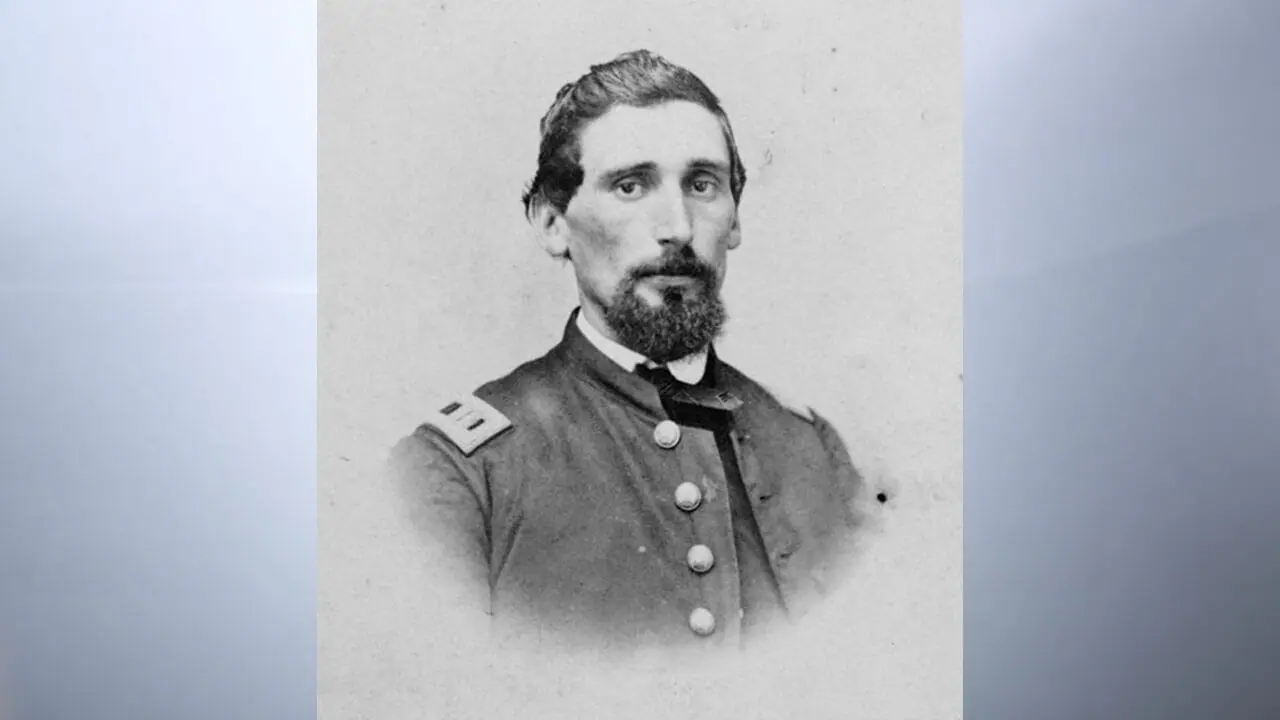A look back at our Civil War past: the Hamilton County Surgeons
(THE REPORTER) — Nearly 2,400 men from Hamilton County were enlisted in the Federal Army during the American Civil War. One of the unique aspects of the war was the recruitment of companies of men from the same community. These companies of up to 100 men stayed together for the remainder of their enlistment period. They were classmates, neighbors, and relatives.
As I mentioned in last week’s column, the army packed up and took everything they needed with them. That included a doctor. Each state regiment (1,000 men) was assigned one surgeon and one or two assistant surgeons. These doctors were appointed by the governor of the state.
According to Hamilton County and the Civil War by county historian, Joe Burgess, there were 13 such doctors from the county. The Civil War Monument in Crownland Cemetery in Noblesville lists three Hamilton County surgeons near the top of the obelisk: William D. Graham, surgeon for the Indiana 101st Infantry; and James A. Garver, assistant surgeon and John M. Gray, surgeon, both from the Indiana 39th Infantry.
In an ideal setting, a doctor would only tend to the men in his regiment. However, Civil War casualties were astonishingly high and, when the bullets started to fly, field hospitals were overflowing with wounded soldiers. It did not matter what state, regiment, or company they were from, surgeons just went to work on the next patient.
The Indiana 39th was engaged in several battles that became famous for the vast number of casualties suffered on both sides of the fight. There were 13,047 Union casualties at Shiloh, 13,906 at Stones River, and 16,170 at Chickamauga. Surgeons were overwhelmed with injured soldiers. However, battlefield wounds were not the only medical problems they faced. Communicable diseases and unsanitary conditions killed more soldiers than the bullets in the Civil War.
As time went by, medical personnel came up with better methods to handle mass casualties. Many of the medical procedures that are used today were first employed during the Civil War. For instance, ambulances and field dressing stations were established just behind the line of fighting. The surgeon on duty would perform triage assessments, bind up wounds, and send the worst cases to a field hospital where surgeries were performed. Convalescing soldiers were sent to a brigade or general hospital from there.
There are 1,136 Civil War veterans buried in 90 cemeteries across Hamilton County. The largest group of these veterans are interred in Crownland Cemetery in Noblesville where 292 were laid to rest. If you take a walk through the older sections of Crownland, you will notice that Civil War veterans’ headstones contain the state and regimental number along with the local company, designated by a letter. For instance, you will see several markers with “Indiana 8th Cavalry, Co. I” under the name of the deceased.
In the case of Dr. John Gray, he likely amputated the left leg of his brother, James during the fighting near Atlanta, Ga. James Gray was wounded on Sept. 5, 1864, during the battle at Lovejoy Station. After his leg was amputated, he was sent to a hospital in Nashville, Tenn., but succumbed to his wounds and died Oct. 2, 1864. Dr. John Gray ended his three years of service as a surgeon 11 days later and returned to Noblesville.
Lieutenant James Gray and Major Dr. John Gray are buried in a family plot near the Civil War Monument that bears both of their names.
You can learn more about them and other Hamilton County veterans. I am leading a leading a Civil War Veterans Walking Tour at Crownland Cemetery at 11 a.m. Saturday, Nov. 9. The event is free, but you need to register at CivilWarVeteransWalkingTour.com.
